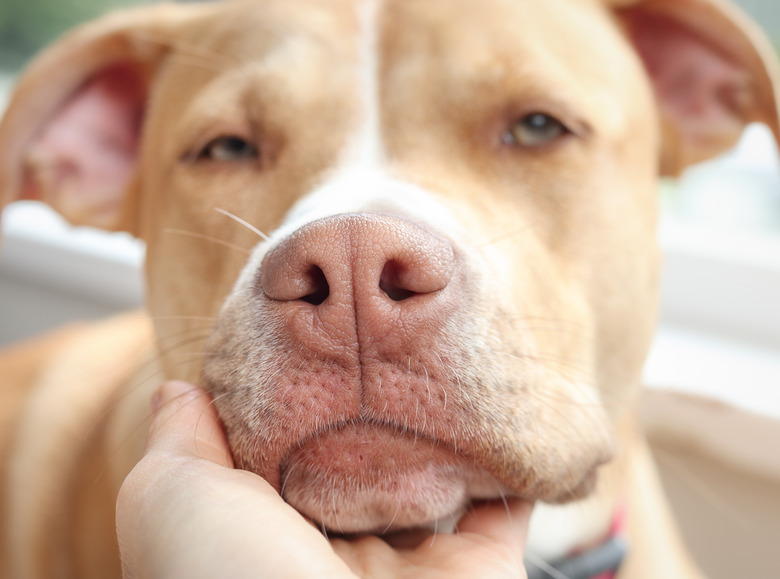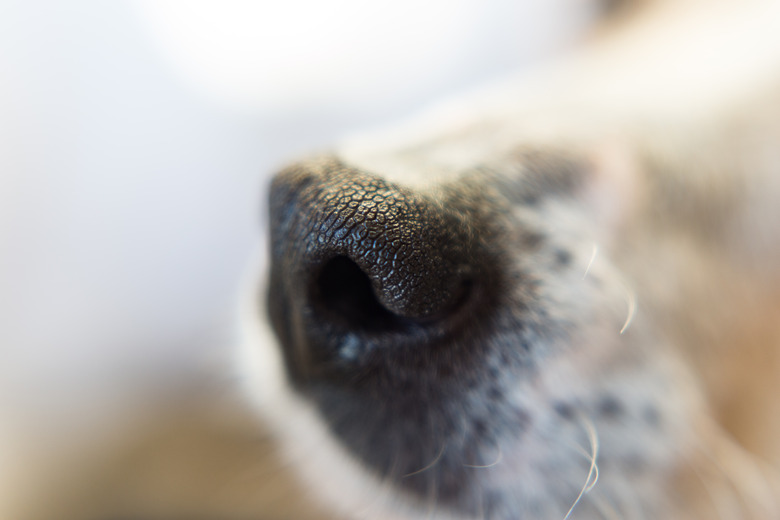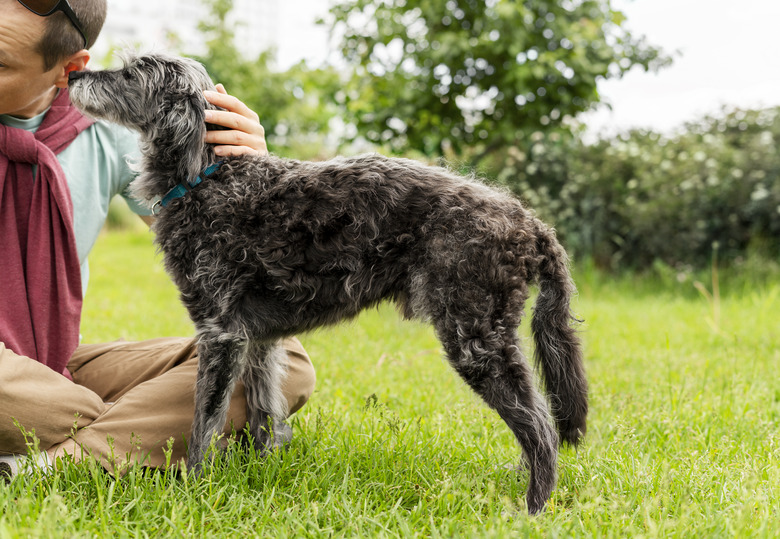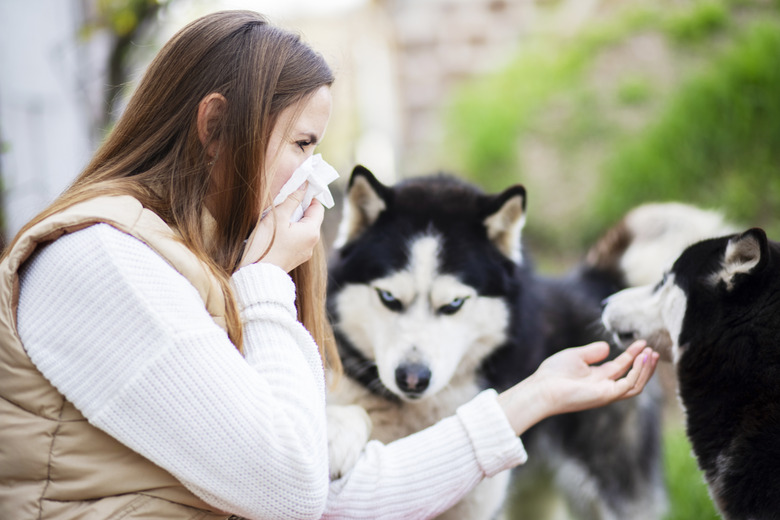Can Dogs Smell Cancer In Humans? How Do They Do It?
We've all seen our dogs use those powerful sniffers to find their favorite toys, bags of treats and preferred pee spots, and as it turns out, dogs can smell much more than that! In addition to scents that the human nose can pick up, like food and body odor, dogs are actually able to detect what's going on inside of our bodies, particularly, when cancerous cells appear. A dog's body is built with millions of olfactory receptors to help them not only isolate even the faintest scents undetectable to humans, but also understand what they mean.
Can all dogs smell cancer?
Can all dogs smell cancer?
It's hard to say because untrained cancer-sniffing canines often won't be able to alert a person in a way that the person might easily understand. That said, there certainly have been many cases of untrained dogs identifying cancerous cells via their noses, like the case of a man whose dog excessively licked a small lesion behind his year, only for doctors to find a malignant melanoma in the exact spot the dog had isolated. Because all dogs have a superior sense of smell to our own, and because cancer cells do emit an odor, it's absolutely possible that all dogs can detect it.
Understanding a dog’s sense of smell
Understanding a dog's sense of smell
The olfactory functions of dogs are impressive, fascinating, and incredibly efficient. Dogs possess around 300 olfactory receptors in their noses, so compared to our 600-ish receptors, they experience an entire other world than we do. A dog's nose and brain are designed to pick up and interpret smells, thanks to separate passageways for smelling and breathing, dedicated slits on the sides of their noses to pick up scent, and a special body part called the [Jacobsen's organ](https://vcahospitals.com/know-your-pet/how-dogs-use-smell-to-perceive-the-world#:~:text=Jacobsen%27s%20organ%20(or%20the%20vomeronasal,designed%20specifically%20for%20chemical%20communication.), which works as a second olfactory system that essentially helps translate the meanings of chemicals found in scent.
How do dogs detect cancer?
How do dogs detect cancer?
Cancer cells do contain an odor, which even humans can spot in the late stages of the disease. Thanks to a dog's highly-capable nose, they're able to assist in cancer detection in the early stages of the disease by sniffing a person's breath, urine, feces, sweat, and even just their skin! Common types of cancer that have been spotted by canines, both untrained dogs and trained medical detection dogs, include breast cancer, prostate cancer, bladder cancer, skin cancer, colorectal cancer, and ovarian cancer. Lung cancer is also easily spotted by canines, and one 2021 study published in BMC Cancer showed an overall correct detection rate of 97%. In the study, medical detection dogs were tasked with alerting 41 lung cancer patients if and when they spotted cancerous cells. The dogs were given concentrations of urine samples and breath samples to examine and correctly identify the disease with 87% accuracy through urine, and 78% accuracy using a person's breath.
How dogs alert people
How dogs alert people
Dogs can detect cancer fairly easily and with accuracy, but how do people know when their dogs have spotted it? Trained dogs, known officially as medical detection dogs, are taught to alert people when they've detected specific cancer the same way any pet parent would train their dog to sit, stay, or come when called—through positive reinforcement. These sniffer dogs are given rewards for alerting their handlers when they've spotted the disease, which they typically do by licking, pawing, or sitting.
In addition to detecting cancer, dogs have been known to spot other illnesses and ailments in humans through the use of those powerful noses. Low blood sugar, heart conditions, and even stress can be detected by your canine pals!
The bottom line
The bottom line
Dogs can and do smell cancer and other diseases in humans. Medical detection dogs are highly valuable in areas of cancer research for their natural ability to detect smells unnoticed by humans and translate the meaning of those smells to alert their human counterparts and handlers. These dogs assist with the early detection of cancer by examining saliva, urine, feces, sweat, and other secretions from the human body. Most recently, medical detection dogs have been useful in the development of devices like electronic noses, which can serve in cancer screenings to quickly and effectively detect cancerous cells. Even untrained dogs are technically capable of smelling cancer, and may or may not alert their persons accordingly.




